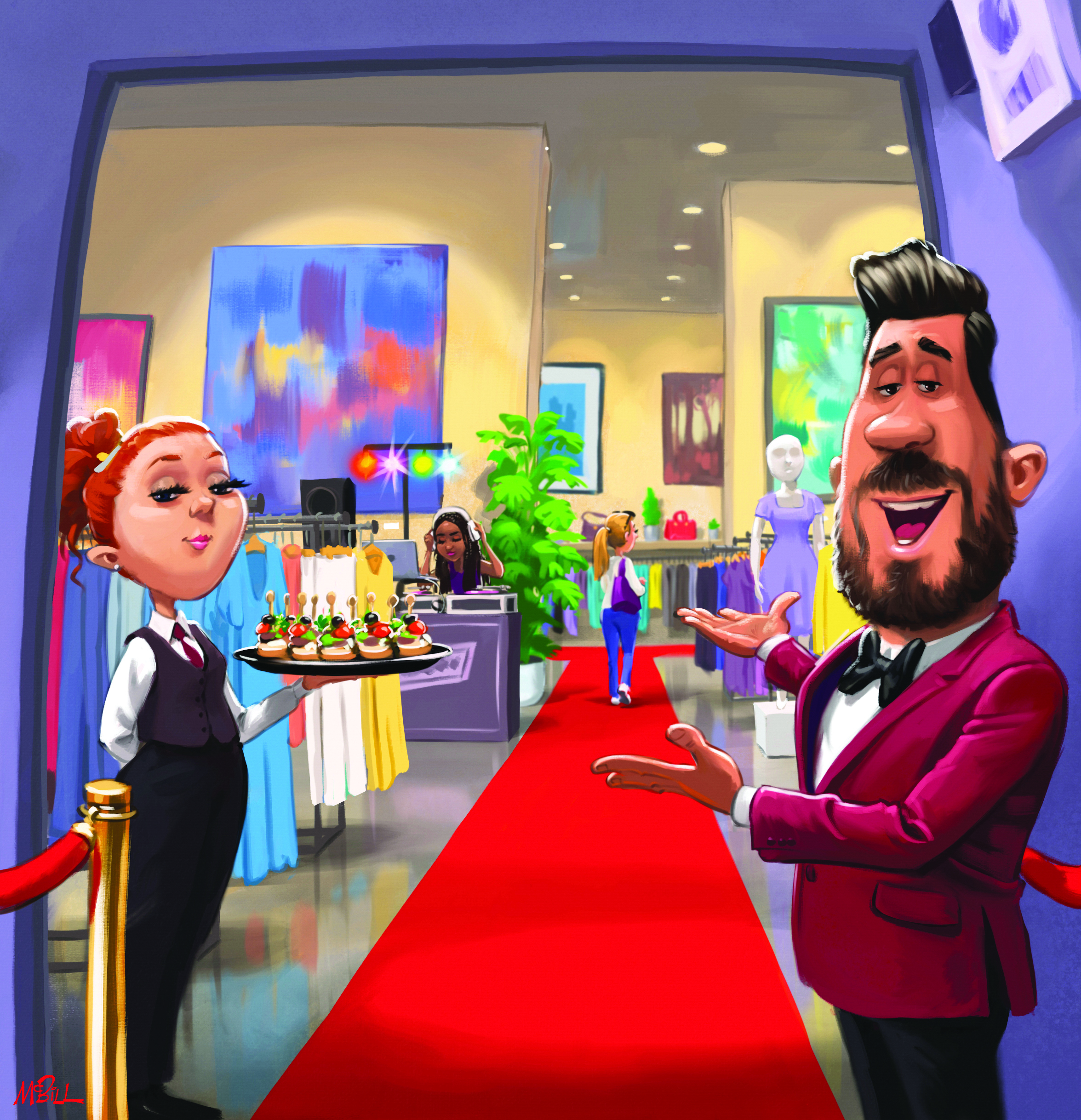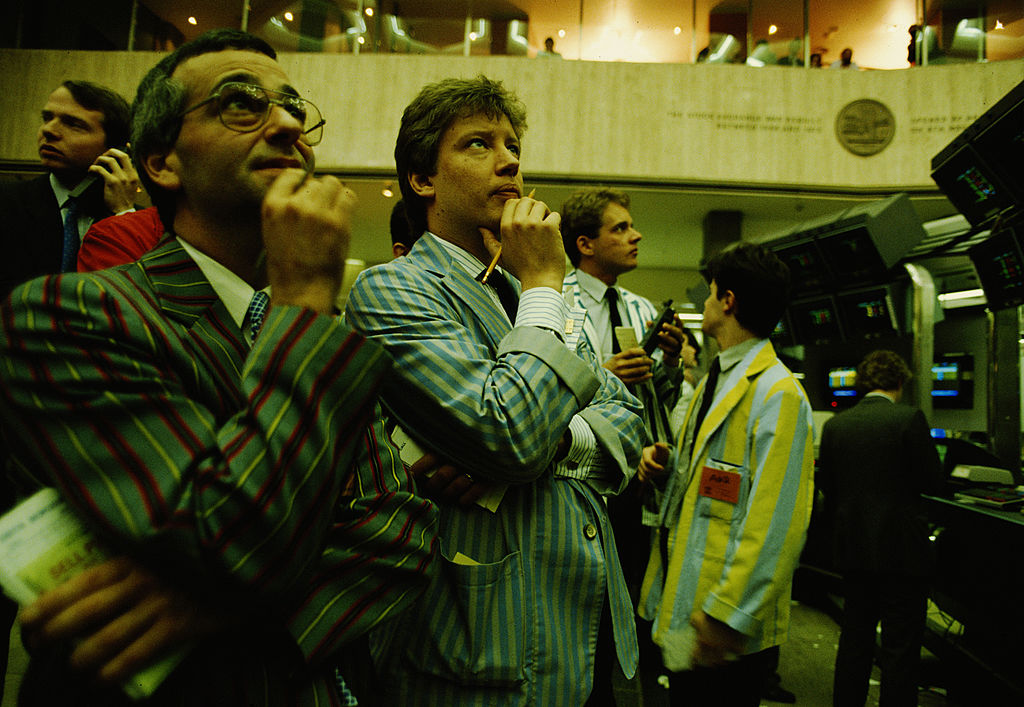The end of easy money
Cheap, easy money has greased the US economy for decades. Now it’s running dry.

Times they are a-changin’, and the key difference between the present and the 40 years between 1980 and 2020 is money-printing. In the US’s fake money system, new wealth is not earned, it’s created by lending. The Fed lends to member banks. The banks lend to hedge funds, smaller banks, corporations, whoever wants the money. The money supply gets bigger, but so does the debt.
The big borrowers are on Wall Street, financial players who use the cheap money to speculate. As long as the volume of money – the liquidity – was increasing, it was reasonable to expect asset prices to go up. And they did. The Dow, for example, rose from under 1,000 in 1980 to over 36,000 today.
Consumers borrowed too – for houses, cars, and purchases on credit cards. And the federal government was the biggest borrower of all – adding more than $27trn to its debt so far this century. All of this borrowing and spending increased the money in circulation that was chiefly chasing assets. It meant higher asset prices. And higher asset prices made the elite richer.
MoneyWeek
Subscribe to MoneyWeek today and get your first six magazine issues absolutely FREE

Sign up to Money Morning
Don't miss the latest investment and personal finances news, market analysis, plus money-saving tips with our free twice-daily newsletter
Don't miss the latest investment and personal finances news, market analysis, plus money-saving tips with our free twice-daily newsletter
Then, in July 2020, the debt binge came to a screeching halt. Interest rates and inflation went up. Borrowing went down. And with it, the money supply shrank. “The US money supply fell 3.3% over the last year, a record eleventh consecutive month with a year-on-year decline,” says market strategist Charlie Bilello on BilelloBlog. “The US money supply has fallen 2% over the last two years, the largest two-year decline on record.”
Money is what makes the financial world go ’round. Note that the money supply was supposed to grow at about the same rate as GDP, in order to keep prices more or less stable. GDP grew around 3% per year since 1971. But the M2 measure of money supply grew by about 5%. And then, in the Trump madness, it rose to 27% as the Fed printed trillions to keep up with Washington’s deficits.
This was the proximate cause of the wave of inflation that struck the US in 2022. Then, too late, the Fed changed course. No more easy money. No more negative rates. The Fed’s key rate rose 500 basis points (5%) – the biggest, fastest turnaround in Fed history. The money supply collapsed. From 27% annual growth under Donald Trump, it is now bouncing off a low of minus 4.5% – an unprecedented decline. House mortgage payments roughly doubled. Interest on credit card accounts rose to 21%. And the Feds now pay more than $1trn a year in interest alone on the federal budget – the largest single item of federal spending apart from social security/Medicare.
What is troubling about this is that the money supply is no longer increasing. So what makes the world go ’round, now? How can the economy go from strength to strength, even as liquidity drives up? Stocks sold off in 2022. But now they are rising again. Bonds suffered the biggest sell-off ever, interest rates are generally falling again.
New York magazine thinks the good times are here again. Since the end of October, the Dow Jones Industrial Average has been on a tear. The bond markets “gave up much of their pessimism” and “went on a frolic of their own”. The thinking seemed to be that the Fed was finally starting to cut interest rates again and it was “better to buy, buy, buy just about everything that could be gotten before it was too late… On Wall Street, it looks as though it’s finally – finally! – time to get greedy again”.
Really? Time to be greedy, with stock prices near record highs? And little new money coming in? Is that the way it works? We don’t think so.
This article was first published in MoneyWeek's magazine. Enjoy exclusive early access to news, opinion and analysis from our team of financial experts with a MoneyWeek subscription.
Get the latest financial news, insights and expert analysis from our award-winning MoneyWeek team, to help you understand what really matters when it comes to your finances.
Bill Bonner is an American author of books and articles on economic and financial subjects. He is the founder of Agora Financial, as well as a co-founder of Bonner & Partners publishing.
-
 London claims victory in the Brexit wars
London claims victory in the Brexit warsOpinion JPMorgan Chase's decision to build a new headquarters in London is a huge vote of confidence and a sign that the City will remain Europe's key financial hub
-
 Rachel Reeves's Autumn Budget: What it means for the UK
Rachel Reeves's Autumn Budget: What it means for the UKOpinion A directionless and floundering government has ducked the hard choices at the Autumn Budget, says Simon Wilson
-
 London claims victory in the Brexit wars
London claims victory in the Brexit warsOpinion JPMorgan Chase's decision to build a new headquarters in London is a huge vote of confidence and a sign that the City will remain Europe's key financial hub
-
 The consequences of the Autumn Budget – and what it means for the UK economy
The consequences of the Autumn Budget – and what it means for the UK economyOpinion A directionless and floundering government has ducked the hard choices at the Autumn Budget, says Simon Wilson
-
 Reinventing the high street – how to invest in the retailers driving the change
Reinventing the high street – how to invest in the retailers driving the changeThe high street brands that can make shopping and leisure an enjoyable experience will thrive, says Maryam Cockar
-
 The global defence boom has moved beyond Europe – here’s how to profit
The global defence boom has moved beyond Europe – here’s how to profitOpinion Tom Bailey, head of research for the Future of Defence Indo-Pac ex-China UCITS ETF, picks three defence stocks where he'd put his money
-
 Profit from a return to the office with Workspace
Profit from a return to the office with WorkspaceWorkspace is an unloved play on the real estate investment trust sector as demand for flexible office space rises
-
 An “existential crisis” for investment trusts? We’ve heard it all before in the 70s
An “existential crisis” for investment trusts? We’ve heard it all before in the 70sOpinion Those fearing for the future of investment trusts should remember what happened 50 years ago, says Max King
-
 No peace dividend in Trump's Ukraine plan
No peace dividend in Trump's Ukraine planOpinion An end to fighting in Ukraine will hurt defence shares in the short term, but the boom is likely to continue given US isolationism, says Matthew Lynn
-
 Will the internet break – and can we protect it?
Will the internet break – and can we protect it?The internet is a delicate global physical and digital network that can easily be paralysed. Why is that, and what can be done to bolster its defences?